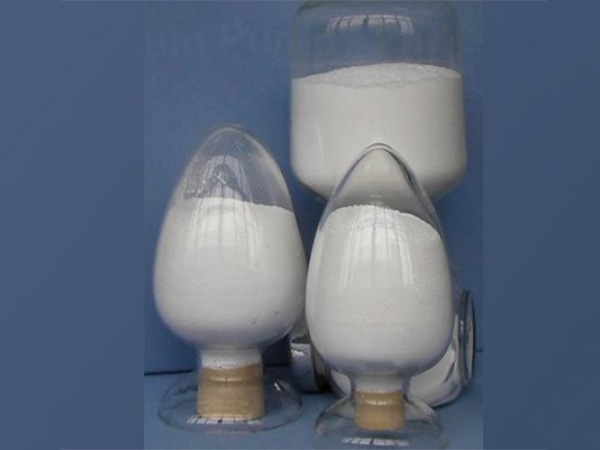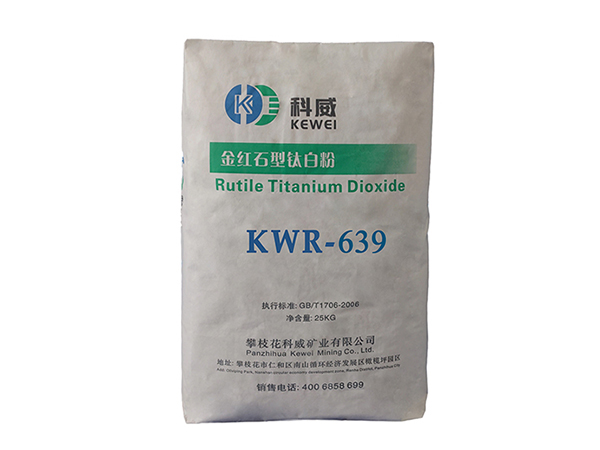The Role Of Food Grade Titanium Dioxide In Candy Coatings
Package
Food grade titanium dioxide is a natural mineral used as a whitening and opacifying agent in a variety of foods, including candy coatings. It is a versatile and safe additive approved for use in food by regulatory agencies around the world, including the US Food and Drug Administration (FDA) and the EU European Food Safety Authority (EFSA).
In candy manufacturing, Food grade titanium dioxide is used to create bright, opaque colors that enhance the visual appeal of the final product. It is particularly effective at achieving bright and consistent colors in candy coatings, making it an important ingredient for confectioners and candy manufacturers.
One of the key properties of Food grade titanium dioxide is its ability to reflect and scatter light, which helps create a smooth, shiny surface on candy coatings. This is especially important for hard-shell candies, such as coated chocolates and candy-coated nuts, where the appearance of the coating is a major selling point.
In addition to its aesthetics, food-grade titanium dioxide also plays a functional role in candy coatings. It helps improve the texture and mouthfeel of the coating, giving it a smooth and creamy consistency that enhances the overall eating experience. This is particularly important for confections that are intended for sensory appeal, as the texture of the coating can greatly influence the perception of the product.
Although titanium dioxide is widely used in the food industry, there is still some controversy surrounding the safety of titanium dioxide in food. Some studies have raised concerns about potential health risks from consuming titanium dioxide nanoparticles, which are smaller mineral particles that may have different properties than larger particles.
However, it is worth noting that food-grade titanium dioxide is subject to strict regulation and safety assessment by food regulatory agencies. The use of food-grade titanium dioxide in candy coatings is strictly controlled to ensure it meets safety standards and does not pose a risk to consumers.
In conclusion, food grade titanium dioxide plays a vital role in creating the vibrant and visually appealing candy coatings we all love. Its ability to enhance color, improve texture and provide a glossy surface makes it an indispensable ingredient for confectionery manufacturers. With strict regulations in place to ensure their safety, consumers can continue to enjoy their favorite candy-coated treats without having to worry about the use of food-grade titanium dioxide.
| Tio2(%) | ≥98.0 |
| Heavy metal content in Pb(ppm) | ≤20 |
| Oil absorption(g/100g) | ≤26 |
| Ph value | 6.5-7.5 |
| Antimony (Sb) ppm | ≤2 |
| Arsenic (As) ppm | ≤5 |
| Barium (Ba) ppm | ≤2 |
| Water-soluble salt(%) | ≤0.5 |
| Whiteness(%) | ≥94 |
| L value(%) | ≥96 |
| Sieve residue (325 mesh) | ≤0.1 |
Expand Copywriting
Uniform particle size:
Food-grade titanium dioxide stands out for its uniform particle size. This property plays a crucial role in enhancing its performance as a food additive. Consistent particle size ensures a smooth texture during production, preventing clumping or uneven distribution. This quality enables uniform dispersion of additives, which promotes consistent color and texture across a wide range of food products.
Good dispersion:
Another key attribute of food grade titanium dioxide is its excellent dispersibility. When added to food, it disperses easily, spreading evenly throughout the mix. This feature ensures an even distribution of additives, resulting in consistent coloration and increased stability of the final product. The enhanced dispersion of food grade titanium dioxide ensures its effective integration and enhances the visual appeal of a range of food products.
Pigment properties:
Food-grade titanium dioxide is widely used as a pigment because of its impressive performance characteristics. Its bright white color makes it a popular choice for applications such as confectionery, dairy and baked goods. Additionally, its pigment properties provide excellent opacity, which is important for creating vibrant and visually striking food products. Food-grade titanium dioxide enhances the visual appeal of foods, making it a valuable ingredient in the culinary world.








